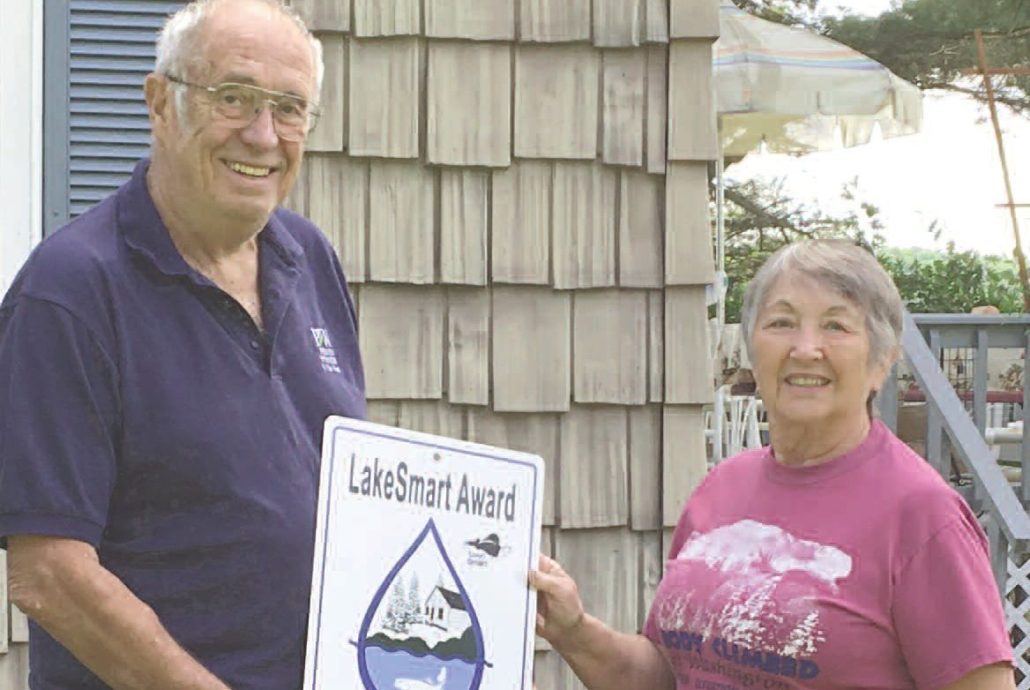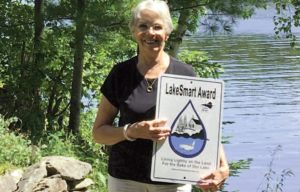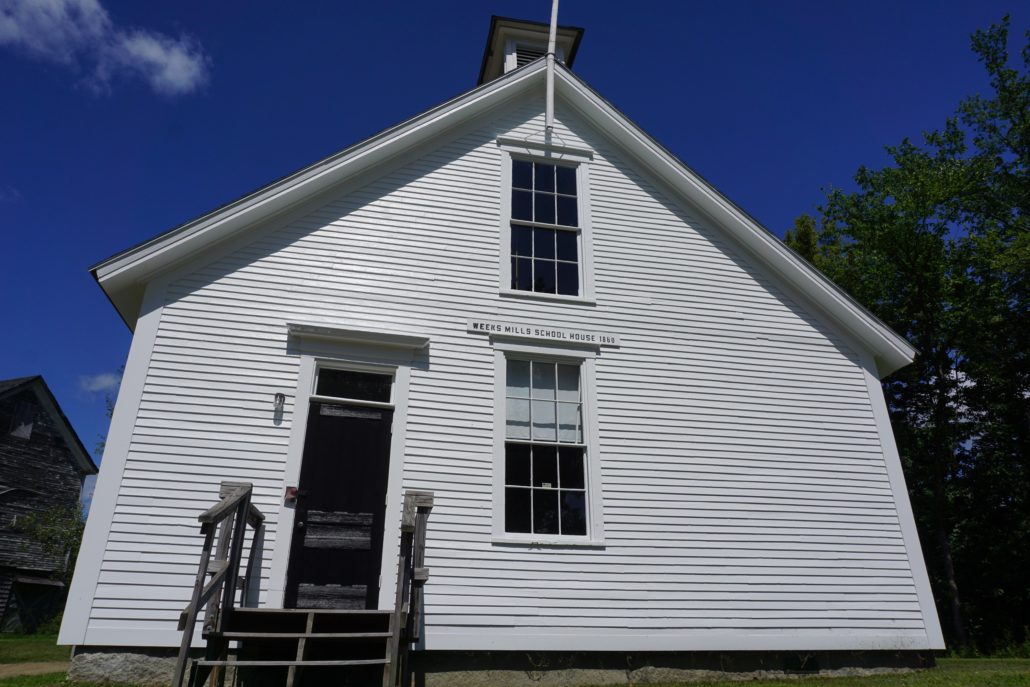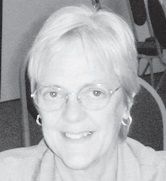Sheepscot Dam: State need not take action until studies complete
COMMUNITY COMMENTARY
by Joseph Burke
Sheepscot Pond, Palermo, resident
As a 30-year seasonal resident on Sheepscot Pond, in Palermo, I write to voice my strong opposition to Maine state bill LD922, introduced by state representative and president of the Alewife Harvesters Association, Jeffrey Pierce. This bill orders the opening of the fishway at the Sheepscot dam to allow the entrance of alewife herrings, American eels and parasitic sea lamprey eels. This fishway, installed by the state many years ago has been closed each May and June during the spawning season to prevent damage being done to the lake’s indigenous population of salmon and togue by the lamprey eels which attach to and drain much of the life out of these fish.
The alewives present a possible contamination of the brown trout fingerlings in Palermo’s Fish Cultural Station just downstream from Sheepscot Pond, one of only eight fish hatcheries/rearing stations in all of Maine’s 6,000 lakes and ponds.
Moreover, the state’s representatives with whom we have met admit that the opening of the fishway year round could result in lowered water levels during dry years causing lake front properties to lose much of the use of their shoreline, especially their docks and other aids to boating, fishing and swimming.
For 30 years my wife and I, our children and nine grandchildren, not to mention the loons, the fish, the beaver and our nesting population of bald eagles, not to mention the other people of Palermo and surrounding towns through their participation in boating, the Fish & Game Club and organized fishing derbies have marveled at this balanced, clear, healthy living entity called Sheepscot Pond. Please, let’s keep it that way!
Simply put, no further action should be taken by the state until longitudinal studies in both environmental and engineering areas have been mounted, and Bill LD922 must be taken off the table completely, now!




 For every Hannaford Helps reusable bag purchased at the Hannaford located in South China during the month of September, $1 is donated to the library’s cause in order to help us fulfill their mission.
For every Hannaford Helps reusable bag purchased at the Hannaford located in South China during the month of September, $1 is donated to the library’s cause in order to help us fulfill their mission.


 by Eric W. Austin
by Eric W. Austin